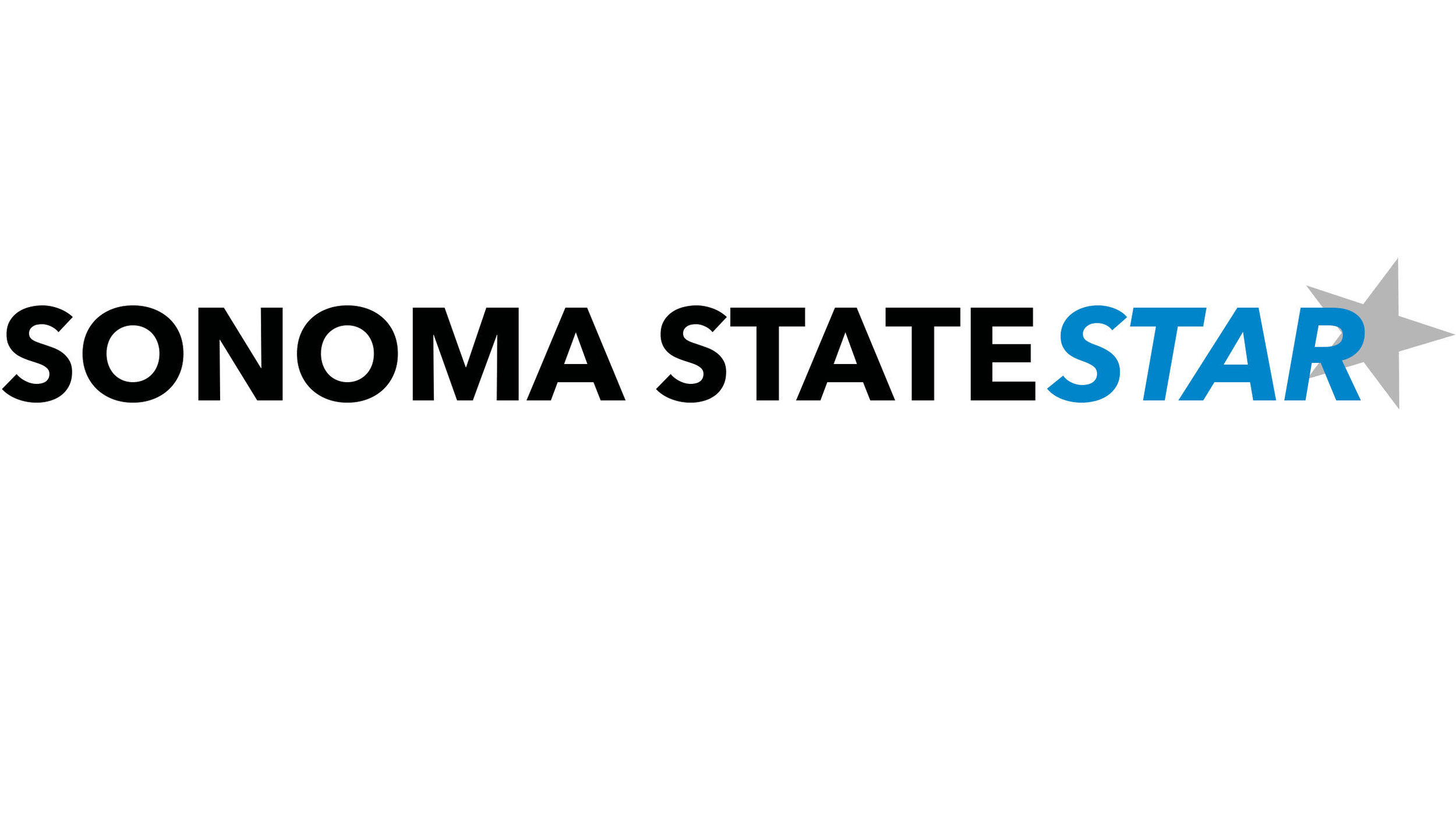Asbestos again?
/Sonoma State officials informed their students and faculty members of the presence of asbestos-containing construction material (ACCM) in the SSU buildings via email on April 4. Sharing this information is a requirement of the California Health and Safety Code. The identified buildings include; the facilities management and corporation yard, PE building and fieldhouse, Ives Hall, Boiler Plant, art building, International Hall, Carson Hall, Nichols Hall, Student Health Center, Zinfandel Village.
According to the National Cancer Institute, asbestos is a “naturally occurring fibrous mineral used to strengthen and fireproof materials.”
Most students at SSU were unaware of which buildings contain asbestos. Charlie Blanchard, a sophomore at SSU learned about it when he received the email on April 4. He believes, “it would be helpful if the campus made people more aware of the asbestos and how we can avoid it.”
Sonoma State reassures students on their “asbestos & lead” page on their website that there is not any threat for students' health unless this fiber becomes airborne due to a compromise material such as aging, deterioration or damage. In that case the fibers can cause diseases such as lung, larynx or ovarian cancer which is why more than 50 countries have banned the use of asbestos according to the national cancer institute.
This is the reason why Sonoma State gave some guidelines to their students such as avoiding touching asbestos materials in walls, ceilings, pipes, or boilers. Do not drill holes, or hang plants or other objects from walls or ceilings made of asbestos-containing construction materials. It is also important to not disturb ACCM when replacing light bulbs.
While this is helpful, Blanchard said, “the campus should make an announcement regarding the actual risks that the asbestos contamination can cause, because I really don’t know if I should be concerned or not.” He expressed worry about the situation. “I feel as if I don’t have enough information to be concerned about it,” said Blanchard
At the moment information has only been given via email or on the SSU website.
The campus informs us on the fact that if ACCM's have been damaged, it should be reported to the Environmental Health and Safety to insure the community’s health. It is also important to not disturb those damaged ACCM or debris and leave the area immediately (and encourage others to leave the area as well) as it could be hazardous to stay around it.
When navigating inside those buildings, the campus suggests everyone be aware of any potential damage or signs of wear and tear to floor tiles and baseboards.
To have a better idea of the risks related to asbestos, the campus provided a map on their “asbestos and lead program” page on the SSU website.



